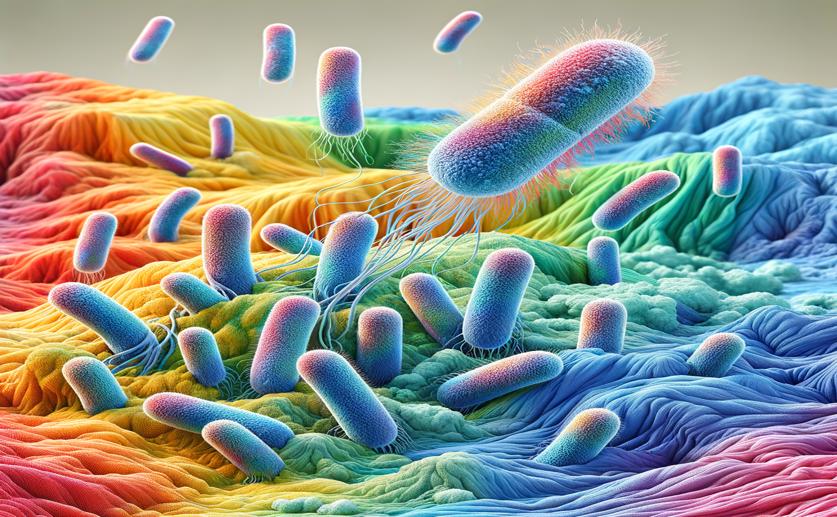
How Streptomyces Bacteria Break Down and Remove Color from Various Textile Dyes
Jim Crocker
15th June, 2024

Image Source: Natural Science News, 2024
Key Findings
- The study by the National Research Centre in Egypt evaluated the effectiveness of Streptomyces albidoflavus 3MGH in decolorizing and degrading three azo dyes: RO 122, DB 15, and DB 38
- S. albidoflavus 3MGH achieved up to 61.38% decolorization of the dyes within 5 days under optimal conditions (35°C, pH 6, sucrose as a carbon source, and beef extract as a nitrogen source)
- The treatment with S. albidoflavus 3MGH resulted in significant reductions in total organic carbon, indicating substantial breakdown of complex dye molecules into simpler, less harmful compounds
References
Main Study
1) Exploring the decolorization efficiency and biodegradation mechanisms of different functional textile azo dyes by Streptomyces albidoflavus 3MGH
Published 14th June, 2024
https://doi.org/10.1186/s12866-024-03347-9
Related Studies
2) Biodegradation of textile azo dyes by textile effluent non-adapted and adapted Aeromonas hydrophila.
3) Optimization of spore laccase production by Bacillus amyloliquefaciens isolated from wastewater and its potential in green biodecolorization of synthetic textile dyes.
4) Ecofriendly biodegradation of Reactive Black 5 by newly isolated Sterigmatomyces halophilus SSA1575, valued for textile azo dye wastewater processing and detoxification.
5) Development and characterization of a halo-thermophilic bacterial consortium for decolorization of azo dye.



 17th January, 2024 | David Palenski
17th January, 2024 | David Palenski